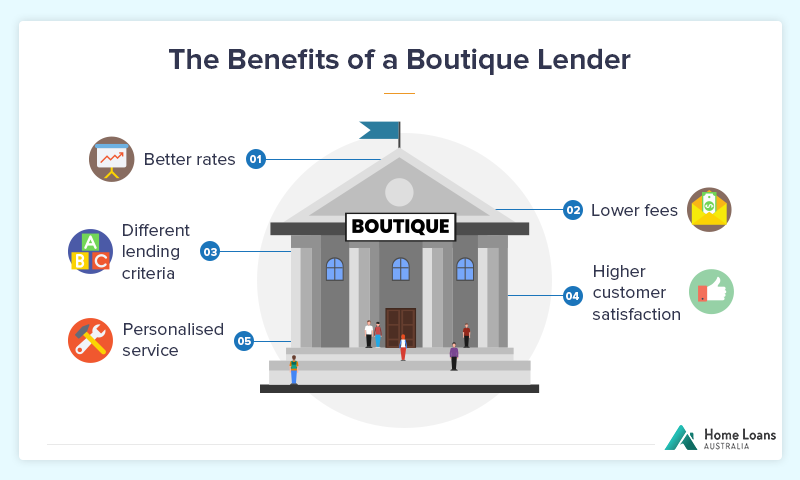Tighter lending standards introduced after the Royal Commission have put banks under the spotlight. This, as well as efforts by the Australian Prudential Regulation Authority (APRA) to slow growth to investment lending, have made it difficult for borrowers to get a home loan.
This crackdown is in place to reduce the likelihood of customers defaulting on their loans, but it’s also made it harder for people to secure a loan with the major banks. This has pushed many towards a smaller or a non-bank lender.
These boutique (or non-major) lenders have rushed to fill the value-gap left by the big banks, and they’ve now grown to hold a 41% of the mortgage market share1. So, why are so many Aussie borrowers jumping ship for smaller lenders?
In the aftermath of the Royal Commission, the big four banks have tightened up their lending standards and are especially conservative when determining loan serviceability at the moment. It is estimated that one in two loans fail to proceed to settlement, which is the lowest conversion rate seen in over a decade.
In the past, the big banks have enjoyed rising property prices and relied on estimates for calculating a borrowers serviceability, including HEM living expenses, income and high interest rate buffers. However, the recent Royal Commission has caused regulators and risk professionals to question their practices.
Banks are making a rapid switch to actual living expenses shown in applicants banks statements, while maintaining income and high interest rate buffers. Actual living expenses are usually a lot higher than the minimum HEM living expenses provision, and don’t take into consideration that borrowers are likely to change their spending habits once they have purchased a property.
However, as the market diversifies, more borrowers are realising that they have a wide range of choice when it comes to their lender. Even if you find yourself rejected from a major bank, the right loan terms for you might just be a new lender away.
Boutique lenders also aren’t experiencing the same backlash as the major banks, and therefore haven’t tightened their standards in the same aggressive manner. This is why they may be able to offer higher loan amounts and even non-traditional loans like low-documentation or low-deposit loans.




